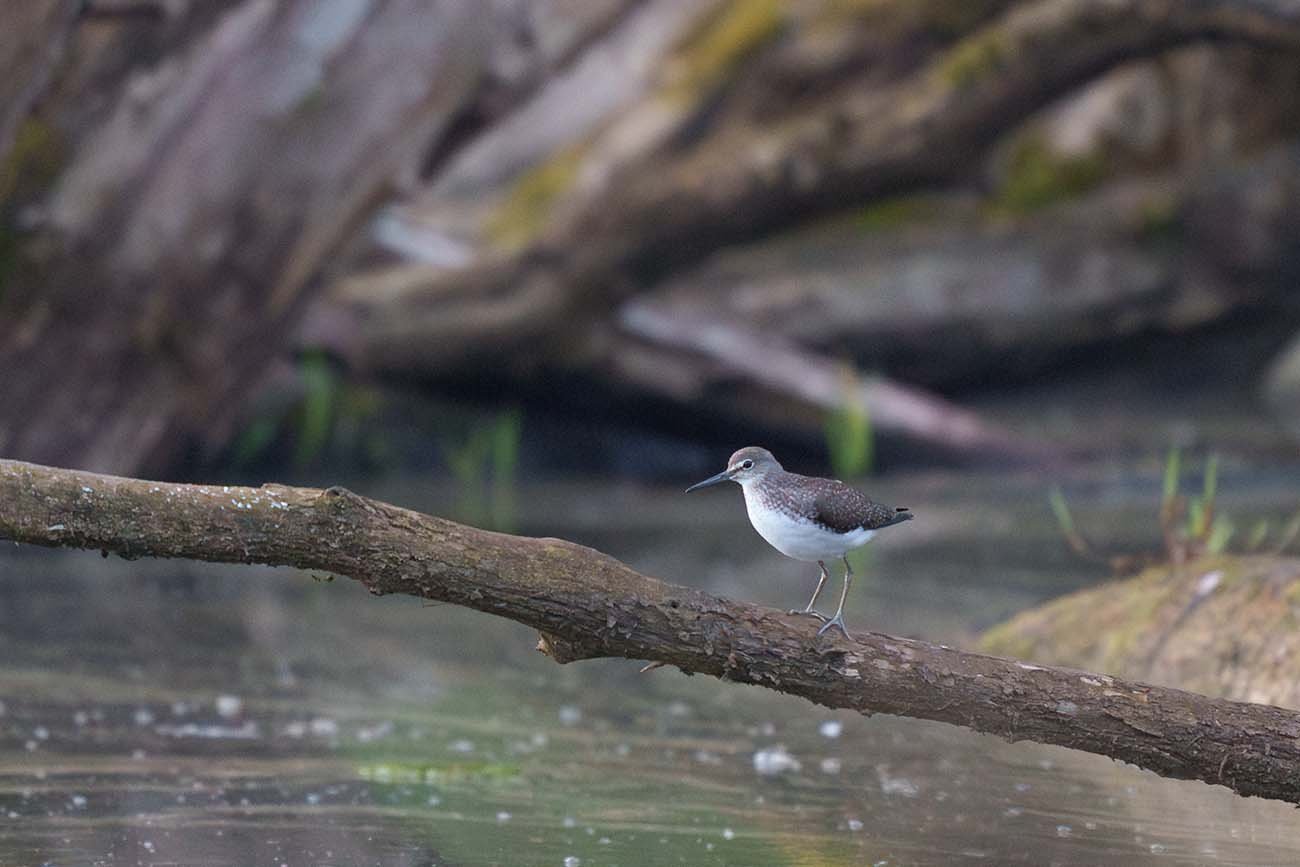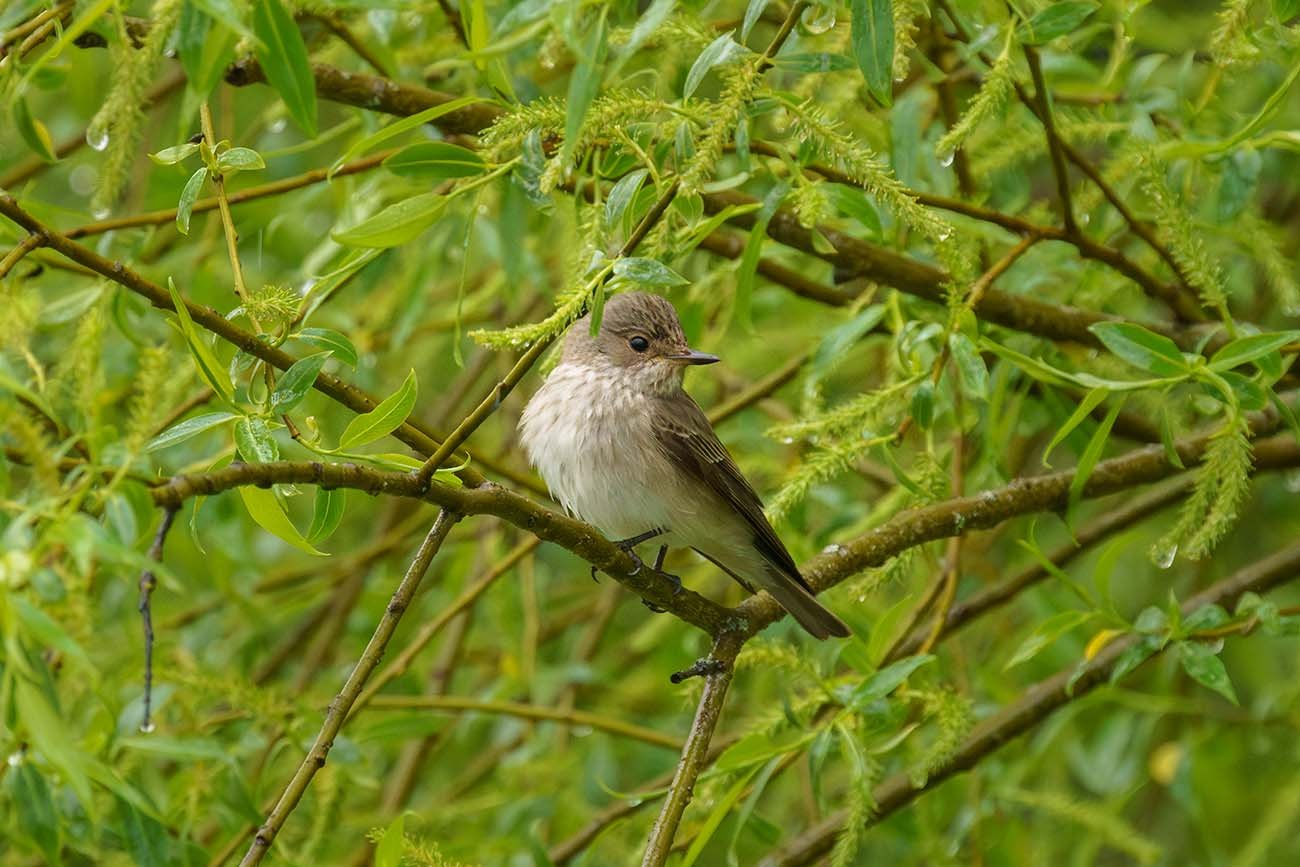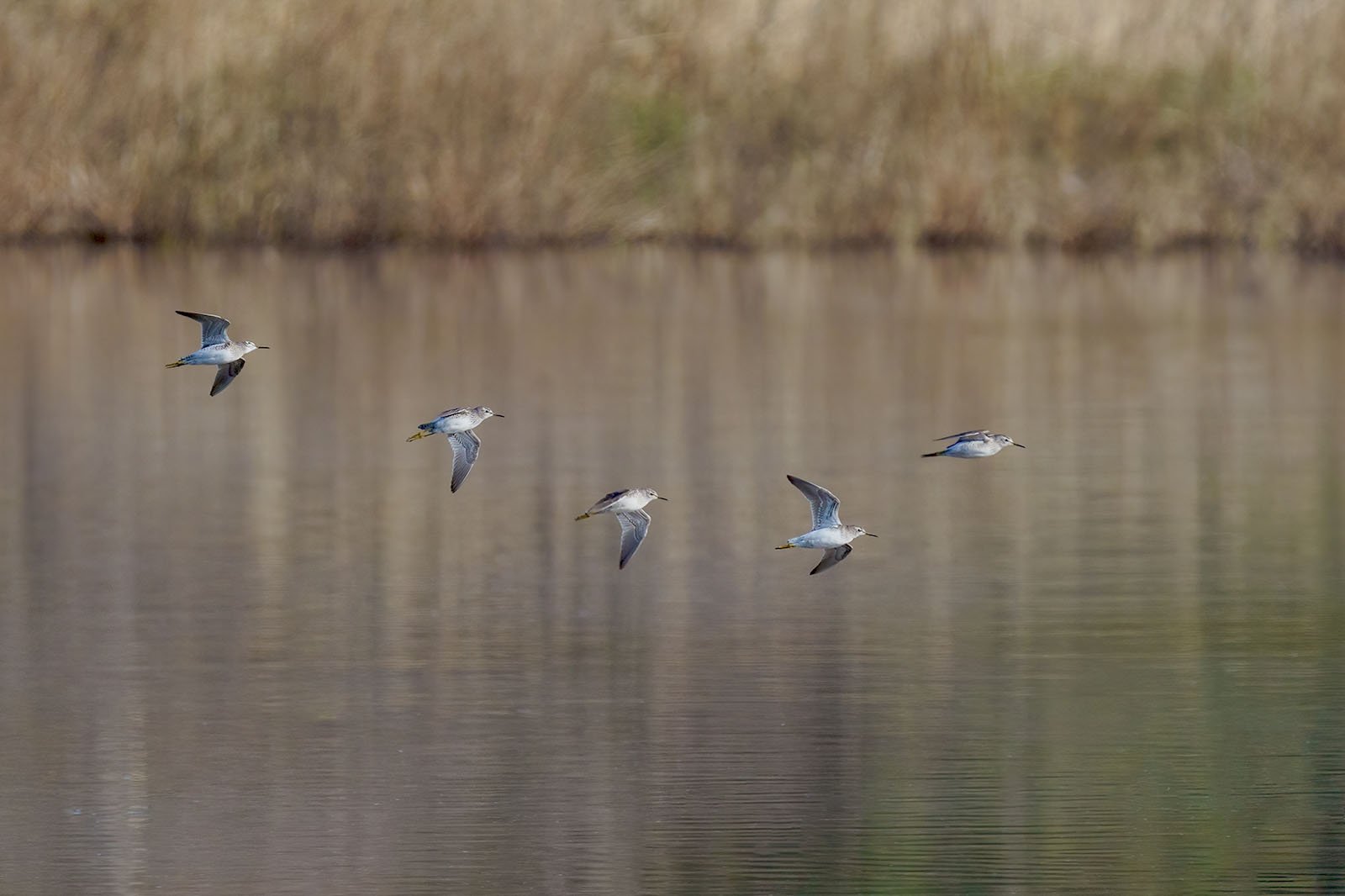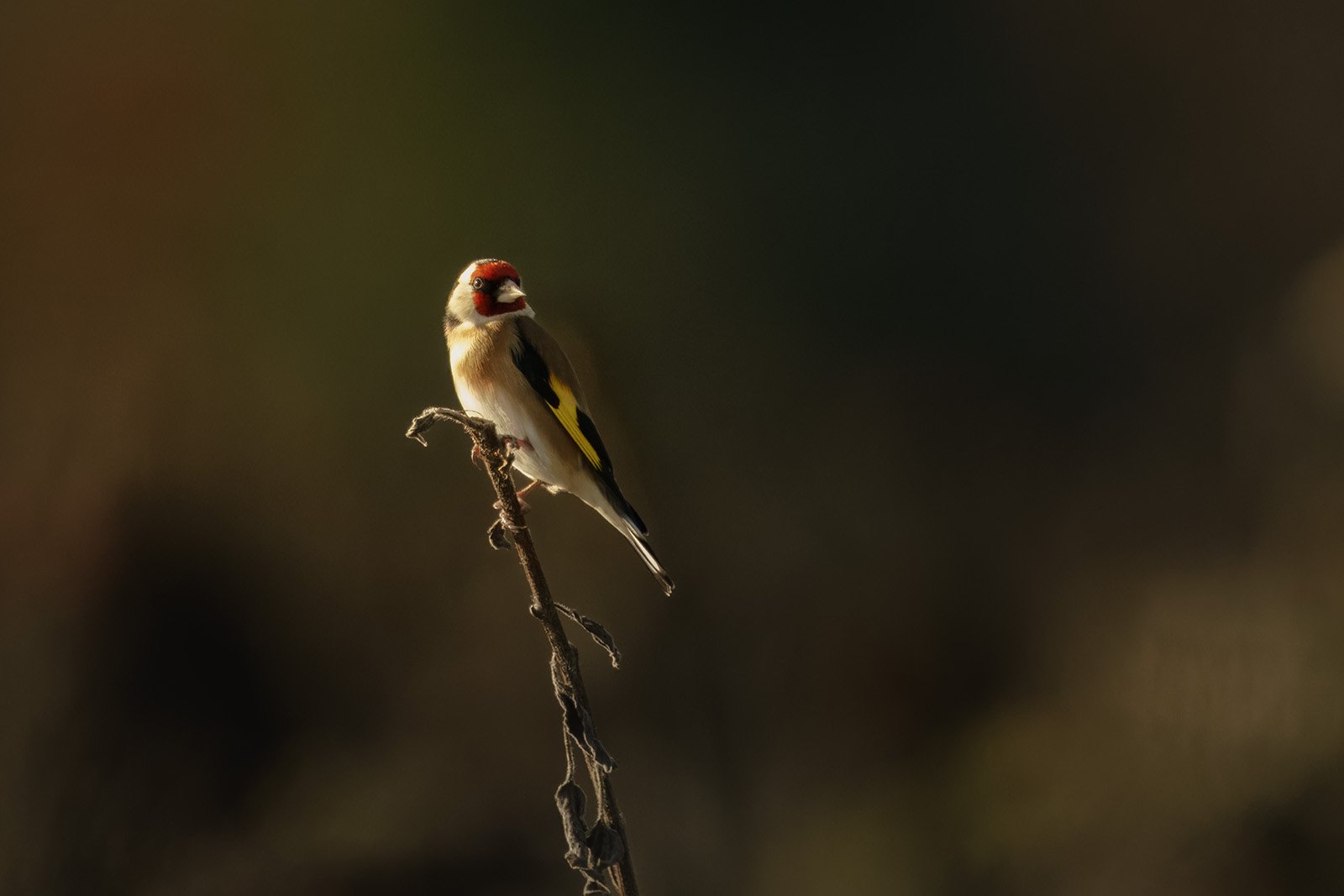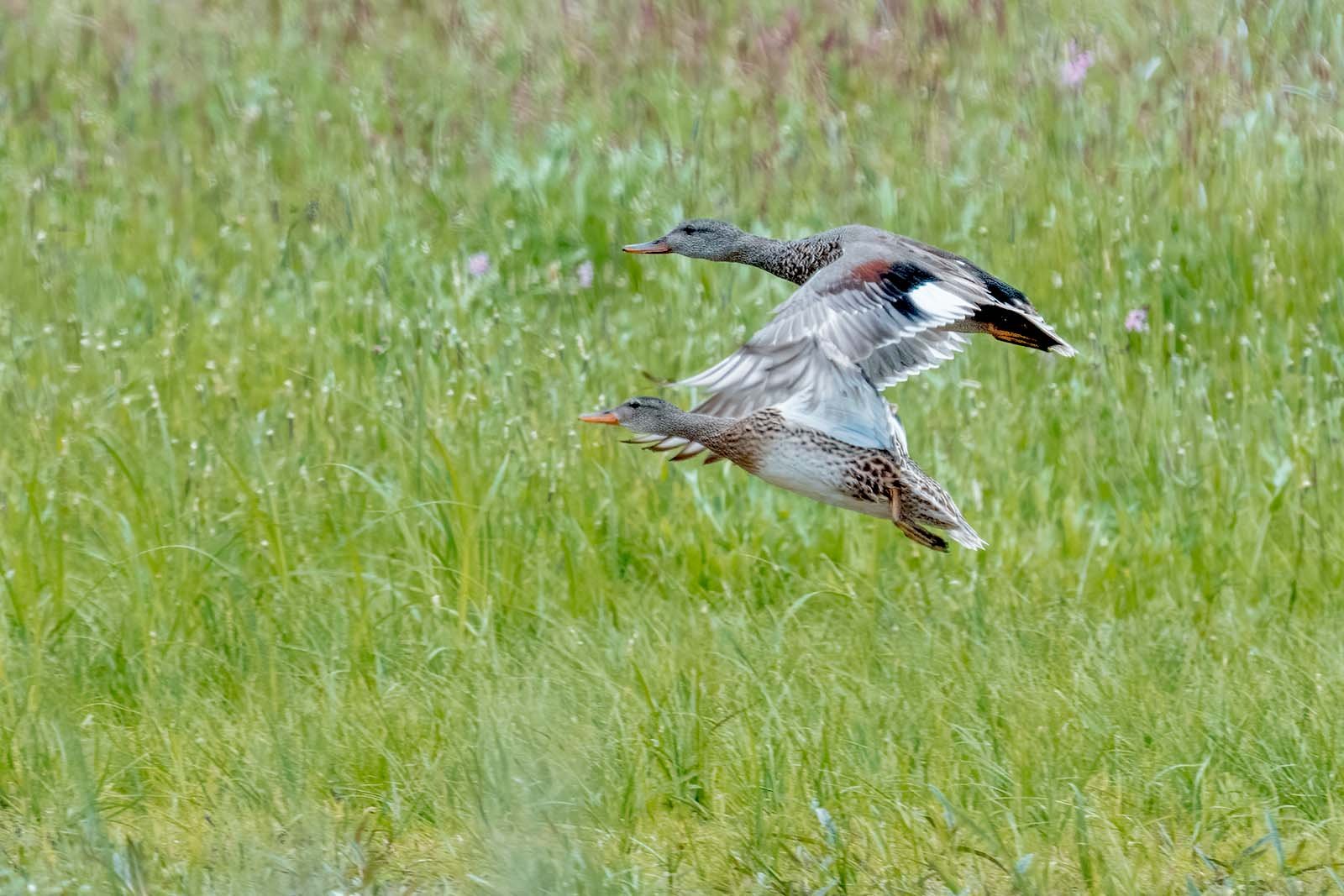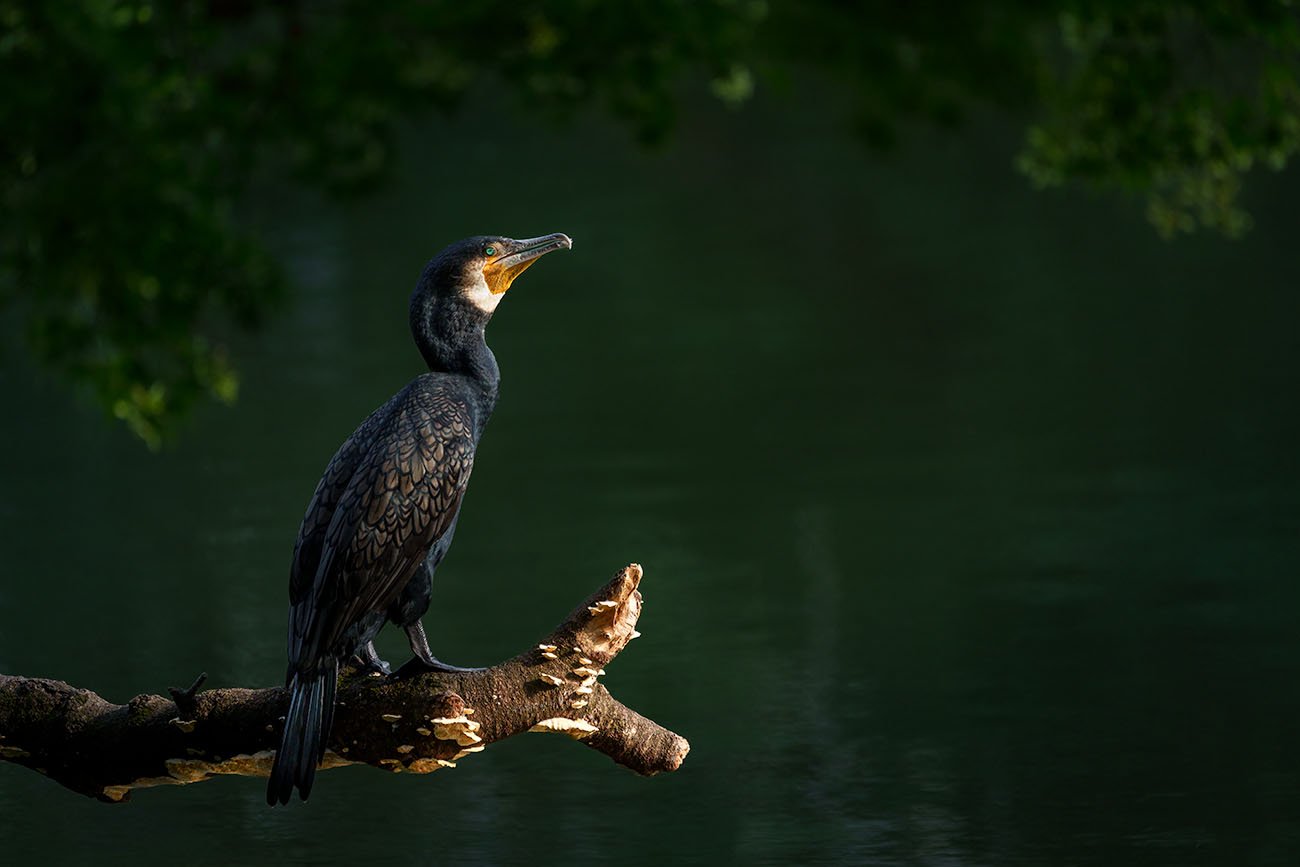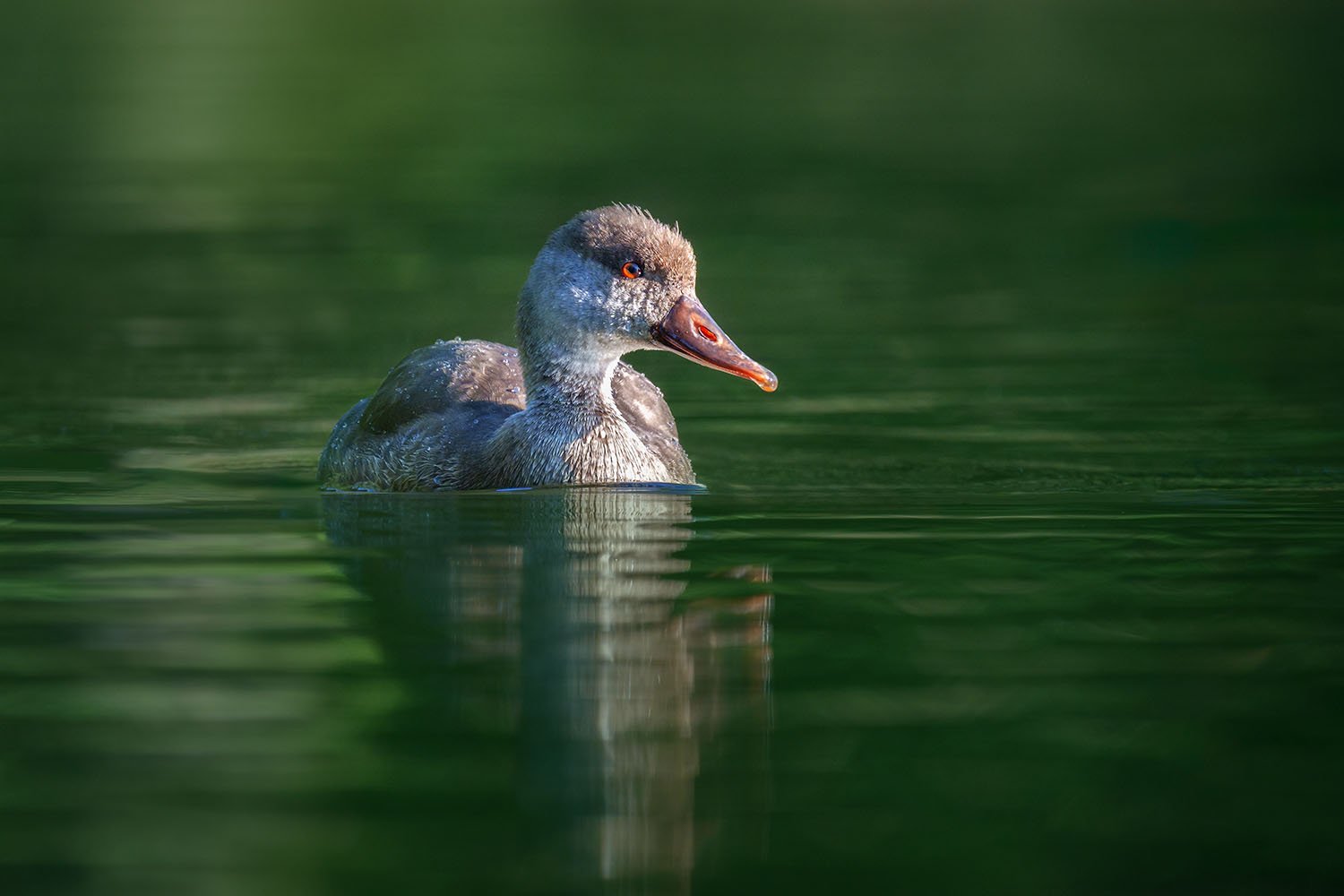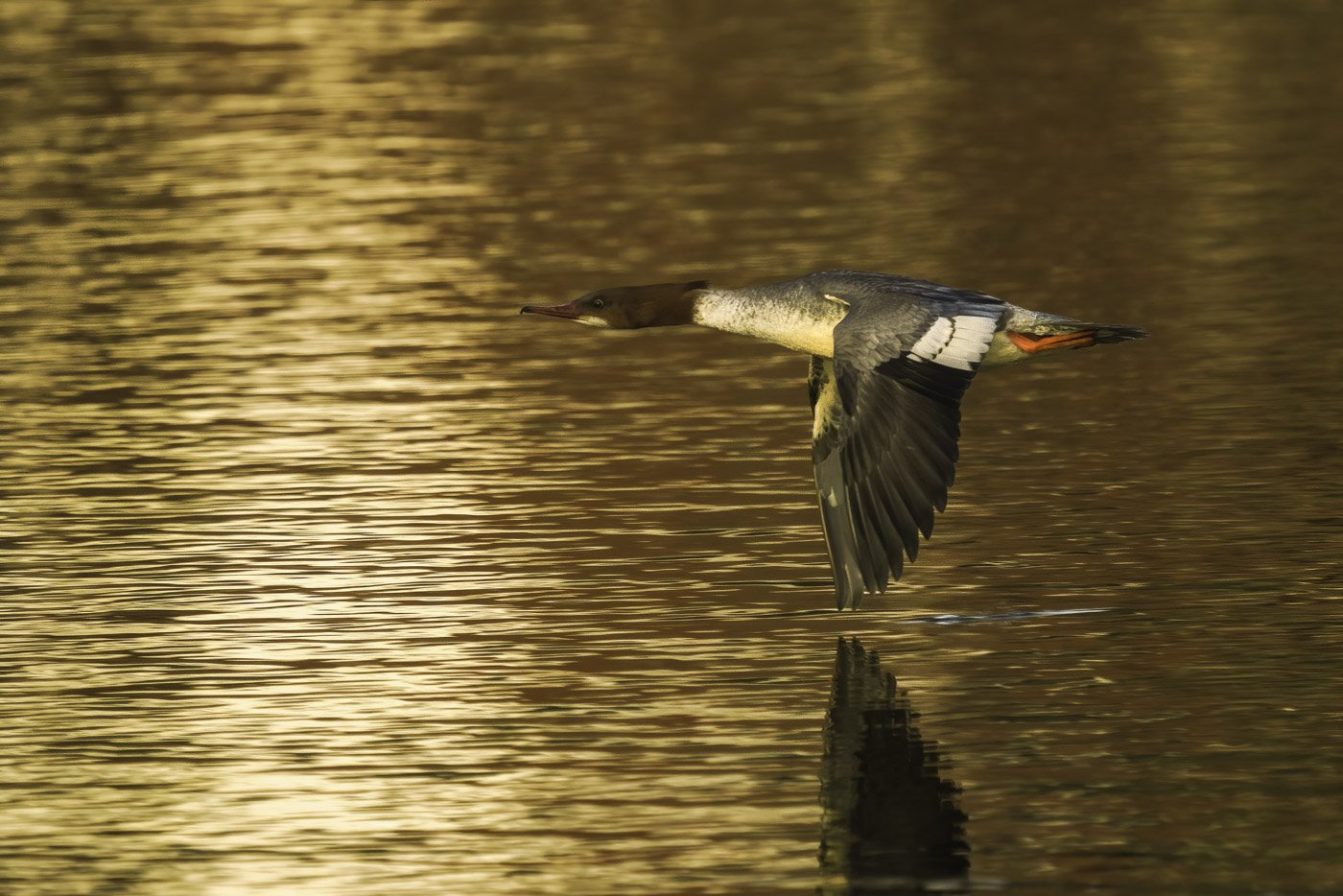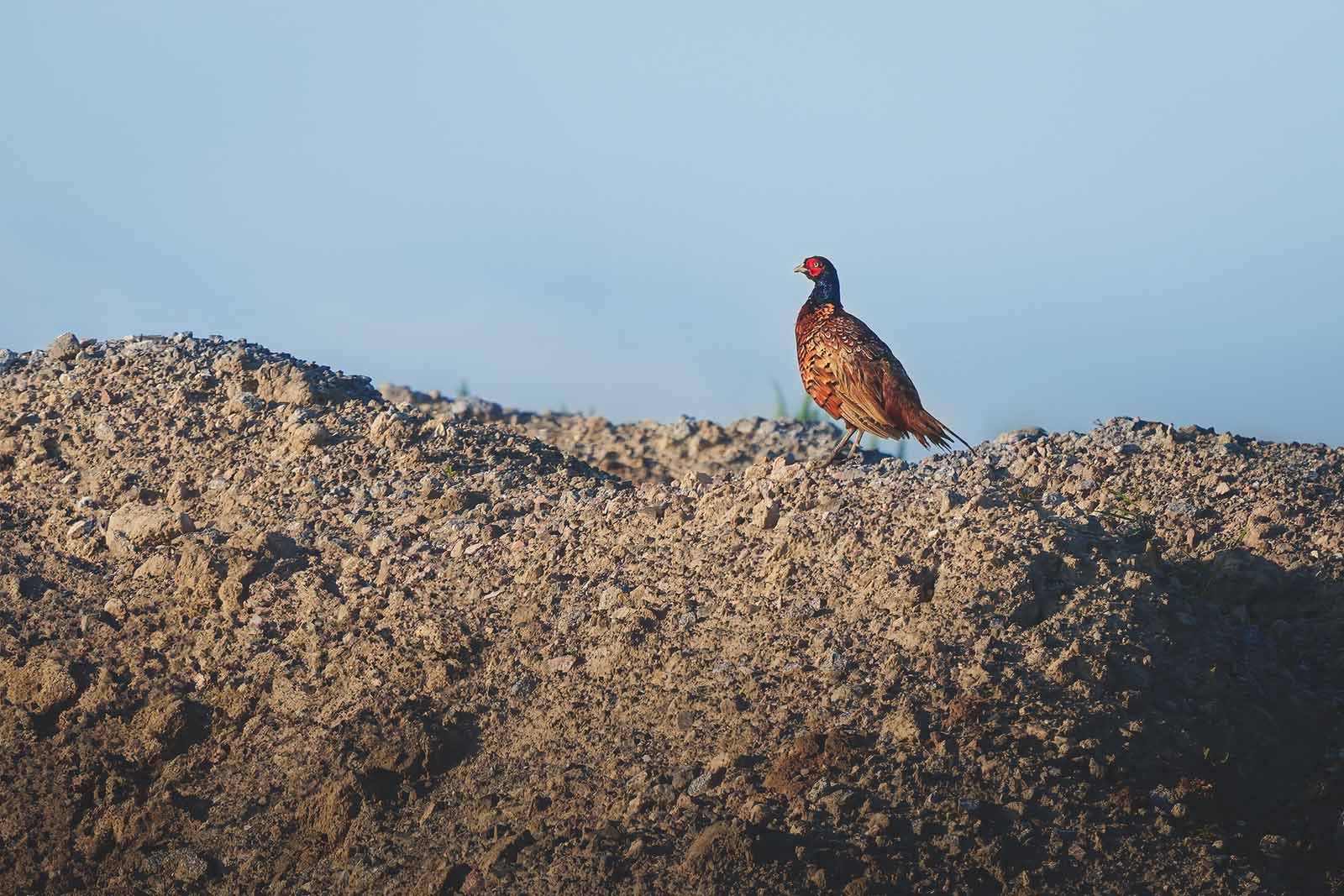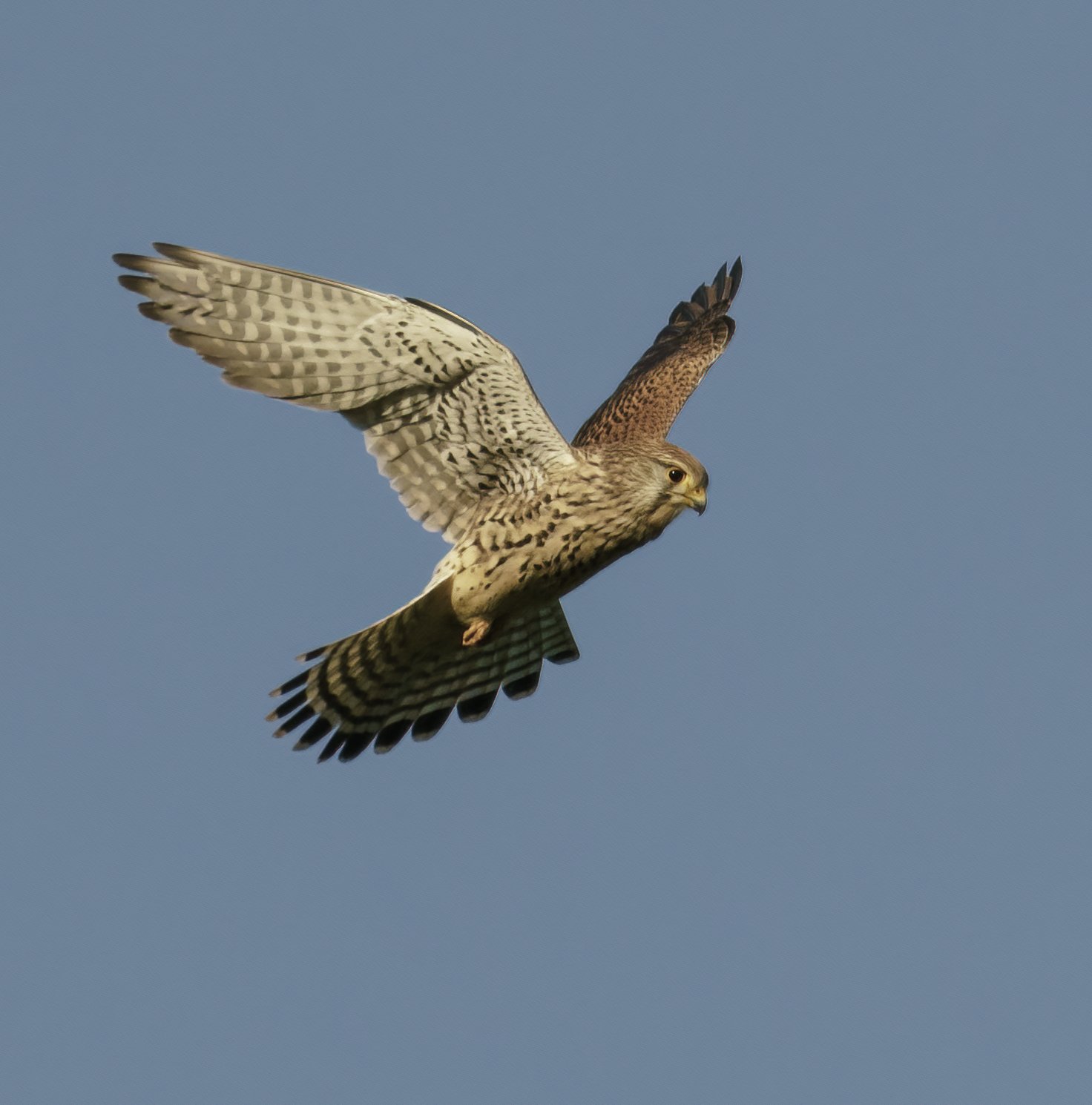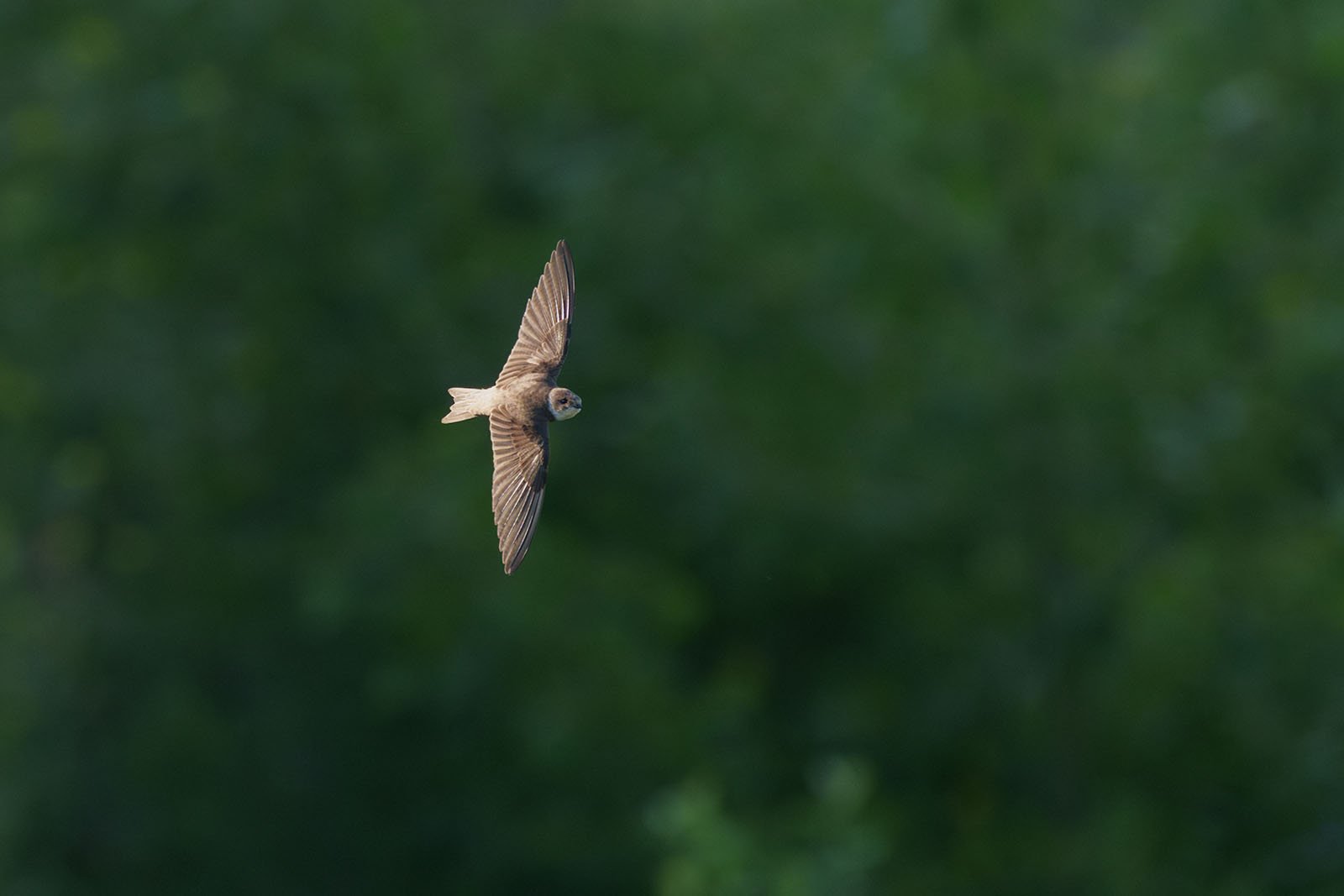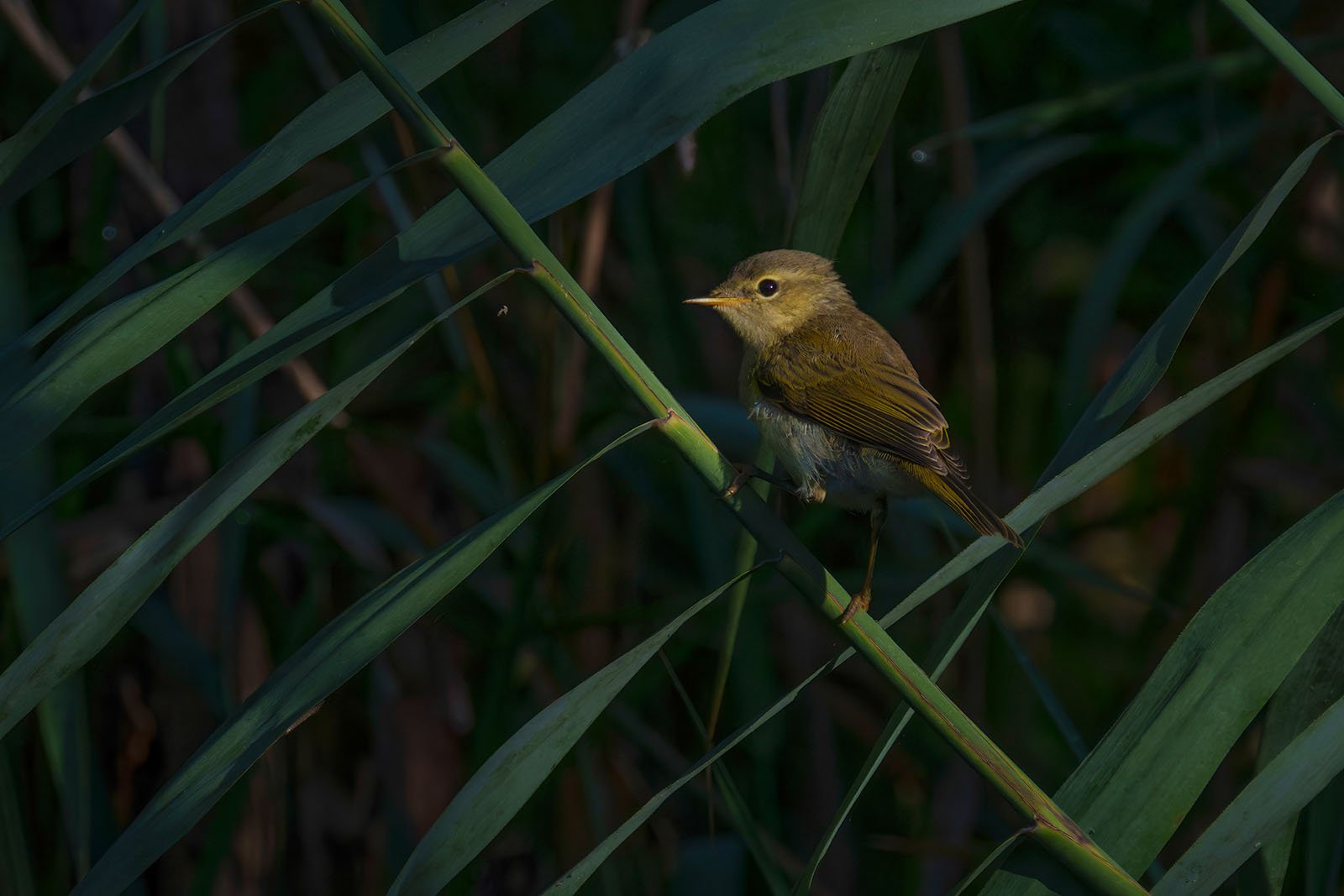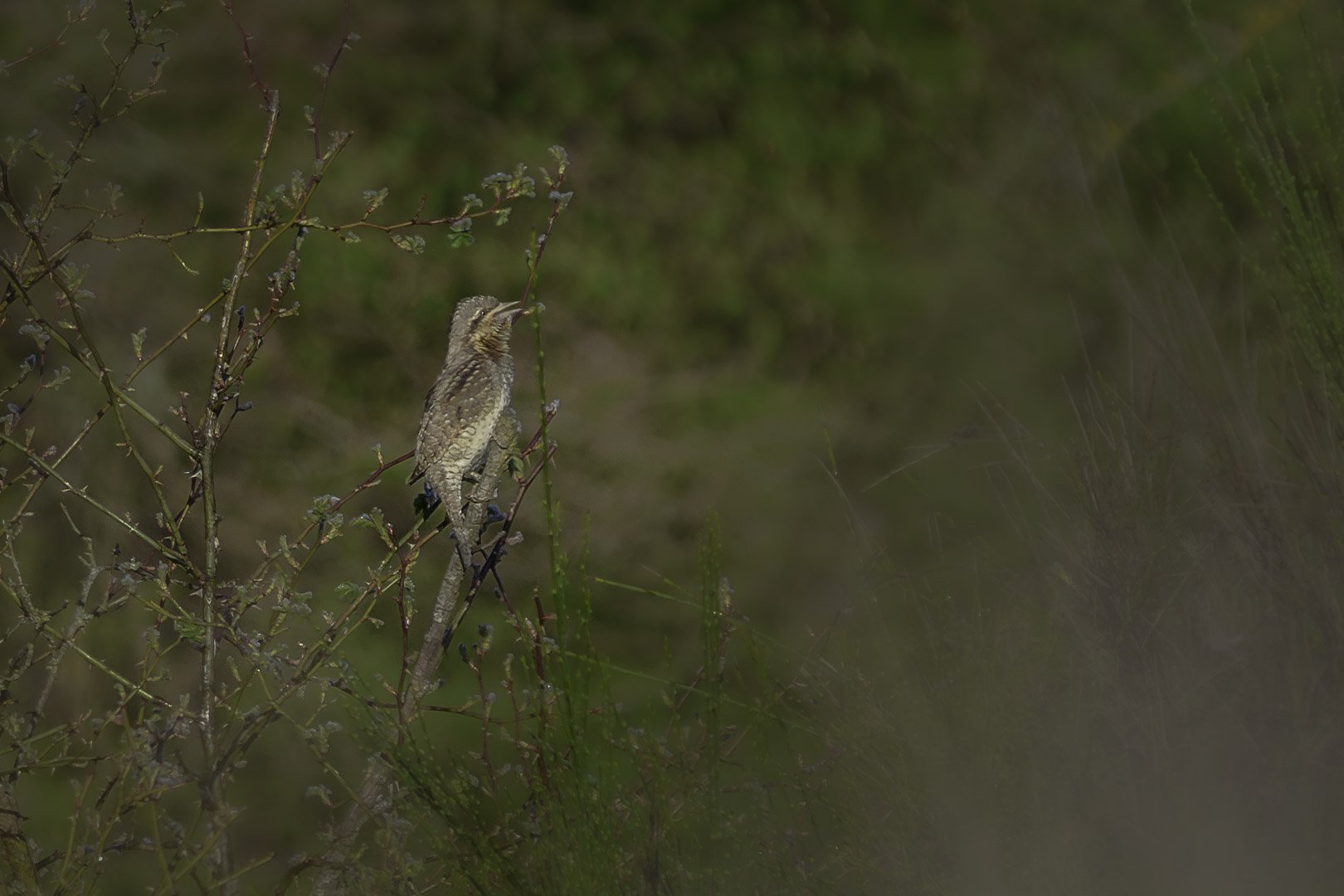Bearded Reedling (Panurus biarmicus)
Bearded Reedling (Panurus biarmicus) male (left) and female (right)
Bearded Reedling: A Specialist in Reed Habitats
Learn all about the fascinating Bearded Reedling – from its appearance to habitat, diet, and breeding. Perfect for nature lovers!
Table of Contents
- Key Facts About the Bearded Reedling
- Appearance of the Bearded Reedling
- Habitat and Distribution
- Breeding
- Diet
- FAQ About the Bearded Reedling
- Shortlist – Color Features
Key Facts About the Bearded Reedling
Here are the most important facts:
- Size: 14–16 cm (about 5.5–6.5 inches)
- Feather Colors: Males: beige with a light blue-gray head; Females: plain beige
- Special Features: Males have black “beard stripes,” light-colored belly, and patterned wings
- Habitat: Reed areas in wetlands of Europe and Asia
- Breeding Season: April to July
- Eggs Per Nest: 4–6 eggs
- Diet: Seeds (winter); insects, larvae, spiders (summer)
Appearance of the Bearded Reedling
The Bearded Reedling is a small bird with soft colors that blend perfectly into its surroundings.
Feather Details
- Male Feathers: Beige body, blue-gray head, and black “beard stripes” on the cheeks.
- Female Feathers: Plain beige, helping them stay hidden in the reeds.
Other Features
- Wings: A mix of beige, brown, black, and white patterns, especially visible in flight.
- Belly: Creamy white with reddish-beige sides.
- Beak: Small, strong, and bright orange-yellow.
- Eyes: Black and alert, standing out against the light head feathers.
- Legs and Feet: Dark brown to black, perfect for gripping reed stalks.
Habitat and Distribution
Where Bearded Reedlings Live
These birds are found in wetland areas with lots of reeds. They live near lakes, marshes, and low-lying wet areas across Europe and Asia.
Why Reeds Are Important
Reeds give Bearded Reedlings everything they need: food, shelter, and safe places to build their nests.
Breeding
Nesting and Raising Chicks
The breeding season lasts from April to July. Bearded Reedlings build their nests deep inside reeds to keep them hidden. Each nest usually contains 4–6 eggs. Both parents feed and care for the chicks until they are ready to leave the nest.
Diet
Seasonal Eating Habits
- Winter Diet: Small seeds, which they crack open with their strong beak.
- Summer Diet: Insects, larvae, and spiders. This protein-rich food helps the chicks grow strong.
FAQ About the Bearded Reedling
1. Where can I see a Bearded Reedling?
You can find them in reed areas near lakes and marshes in Europe and Asia.
2. What makes the Bearded Reedling special?
Males have striking black “beard stripes” on their cheeks, which stand out against their blue-gray head.
3. What do they eat in winter?
They eat small seeds, which they crack open with their short, strong beak.
4. How many eggs do they lay at a time?
They lay 4–6 eggs per nest during the breeding season.
5. Why are they hard to spot?
Their beige-brown feathers blend perfectly into the reeds, making them almost invisible.
Shortlist – Color Features:
- Males: Beige body, blue-gray head, and black beard stripes.
- Females: Plain beige with no beard stripes.
- Wings: Black, beige, brown, and white patterns.
- Belly: Creamy white with reddish-beige sides.
- Beak: Bright orange-yellow.


